Great War stories
The year is 1915, Bessie Rouse is supervising the arranging of chairs in the schoolroom for a meeting of the local Red Cross Society. Her daughter, Kathleen, looks at a scribbled reminder of the meeting in her engagement calendar.
She resumes reading a letter from her close friend, Captain Norman Pearce, a 6th Light Horseman serving in Gallipoli. Bessie’s elder daughter Nina arrives for the meeting. Nina and her husband, George Terry, have five sons. The eldest, Geoffrey Rouse Terry, was born here at Rouse Hill House. He is about to turn nineteen .
Musings, yes, but they are inescapable around Anzac Day each year when we display items of the Rouse/Terry family’s Great War memorabilia. Kathleen’s 1915 engagement calendar, full of hurriedly written entries, cryptic initials and reminders of ‘Red X’ meetings, is still here: so too is a tiny collar badge from a 6th light Horseman’s uniform. There is a pattern for crocheting soldiers’ mittens in the schoolroom where Bessie hosted Red Cross meetings. There are also pages of military training exercises. Some, inscribed ‘G Terry 2nd Troop’, are sketchily composed in the uncertain hand of a young cadet with a lot to learn ... in a hurry.
These objects reveal something of the nature and extent of the family’s immersion in the Great War. They endured its anguish and uncertainties like so many other Australian families. Remarkably, however, their property and possessions at Rouse Hill have survived, enabling us, the custodians of this extraordinary archive, to display their war memorabilia and tell their war stories in an unique program titled 'Great War stories'.
Usually held at Rouse Hill estate around Anzac Day each year, 'Great War stories' is a collection of six individual but interlinked stories: Bessie and Nina’s Red Cross work on the home front, Geoffrey’s service on the western front, Kathleen’s Voluntary Aid Detachment (VAD) service in England, Norman Pearce’s service in Gallipoli and the Middle East, the Waler horses’ story, and Nina Terry’s public commemoration of the war.
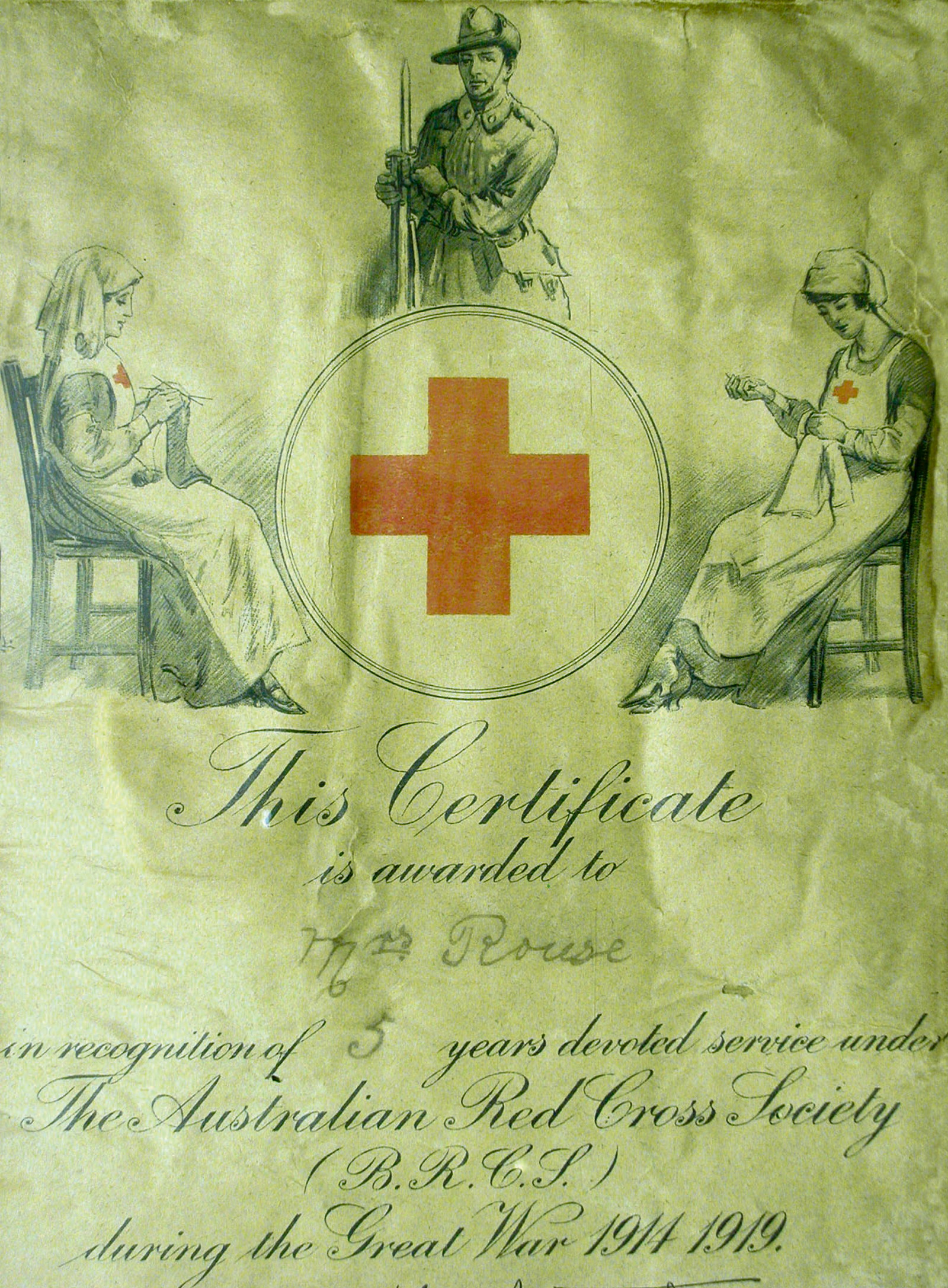
Red Cross certificate awarded to Bessie Rouse. Unknown maker, c1919.
Visitors view the Great War memorabilia displayed in five rooms of the house, where it sits comfortably in a domestic setting largely ‘undisturbed since the First War’. Interplay between the setting and the display contributes to a current of authenticity that visitors are very Quick to recognise. They enjoy seeing the possessions of the people who lived here, those who lived these Great War stories first hand. In the school room, for example, they see a photograph of the local Red Cross group and may well imagine the Quiet room transformed by the lively bustle of their meetings; while next door in the drawing room, where a guide reads lines from Kathleen’s letters, the ‘ghastliness of the war’ looms as the antithesis of this genteel place she left behind.
A different guide in each room relates one of the stories and chats with visitors about the objects. They reveal the imprints of their history; ‘Mrs Rouse’ handwritten on the Red Cross certificate awarded to her for five years of devoted service, and ‘YPRES’ engraved on a tiny bayonet-shaped letter opener. The visitors are left time to reflect, perhaps on the letter opener’s disconcerting form, and time to ponder less legible histories like those etched in wear and tear on the horseman’s leggings, or embroidered in colourful stitches on a tea cosy by a recuperating soldier.
These objects are tangible expressions of the endeavours of individuals to make some sense of their world and to navigate their different ways through it at a lime of enormous upheaval, and beyond. They represent aspects of their values, attitudes, traditions and emotions that offer us, 90 years on, a unique and privileged insight.
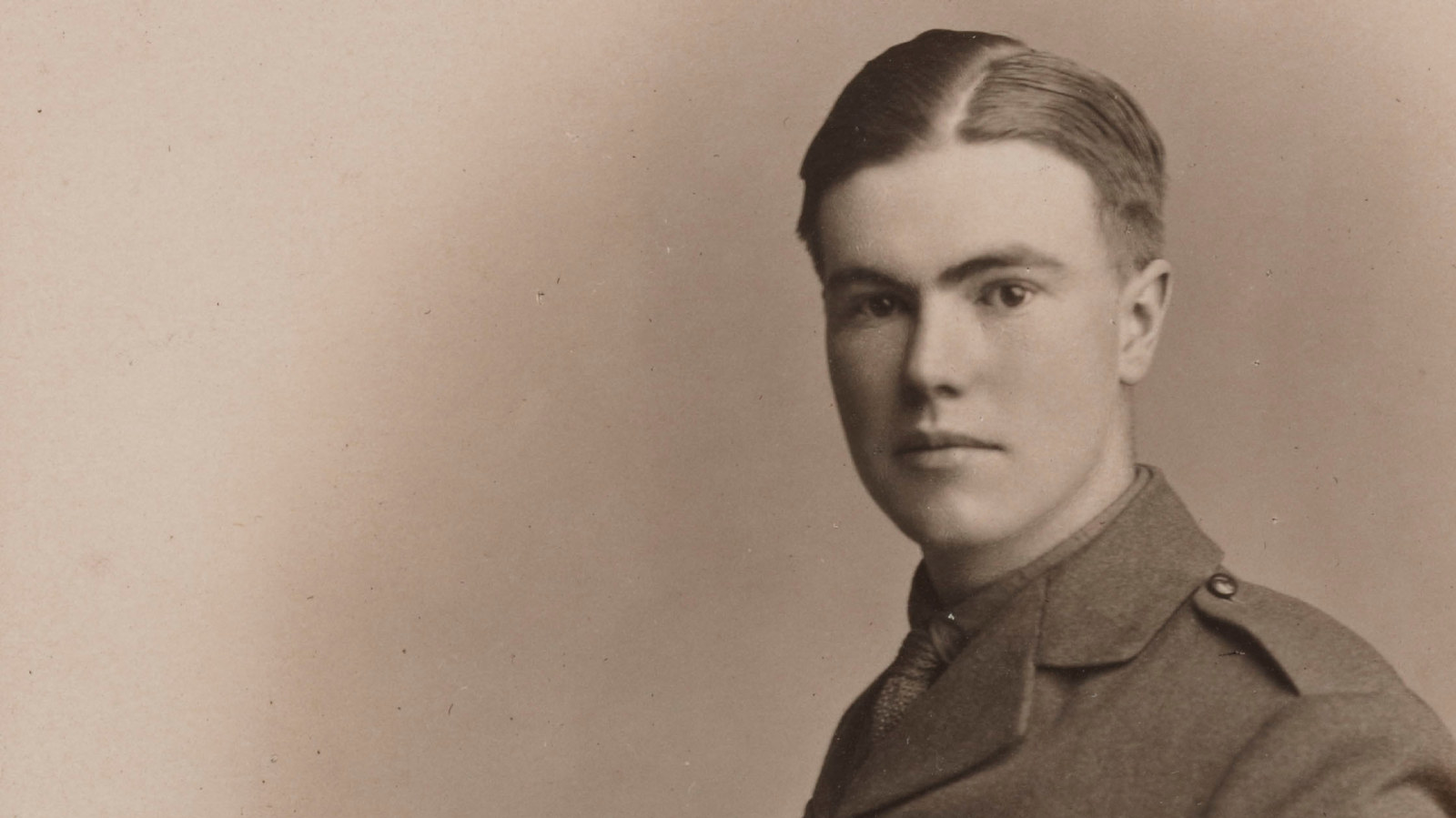
Geoffrey Rouse Terry. Photographer unknown, c1914.
After Anzac Day each year the objects are returned to the drawers and cupboards they came from, in bedrooms, living rooms and storerooms where the family last kept them. The ceremonial sword, for example, is returned to the main bedroom where it stands against the front window reveal, while a Middle Eastern trinket box is returned to a drawer in Nina Terry’s dressing table nearby.
Some other objects on permanent display in the house also appear to take on deeper meaning when viewed in a Great War context. For example, ties between the royal portraits so prominently positioned in the living rooms and a King’s School slouch hat on the hall stand, become understandably binding when guides explain the long Rouse/ Terry tradition of sending their sons to King’s. Young Geoffrey Terry had been a member of the school’s Cadet Corps. So these objects symbolise values once very keenly held; loyalty to the Crown, a sense of Britishness and a strong service ethic, heady ingredients in the mix that motivated this family to support the Great War effort wholeheartedly.
And so around Anzac Day each year we tell their Great War stories using a low-key, meandering, exploratory approach that so well suits their former home and which facilitates the small scale, sociable, interactive museum experience that is becoming a signature of Rouse Hill Estate.
This article was written by former curator and collection manager Maria Martin, 2005.
Published on
More
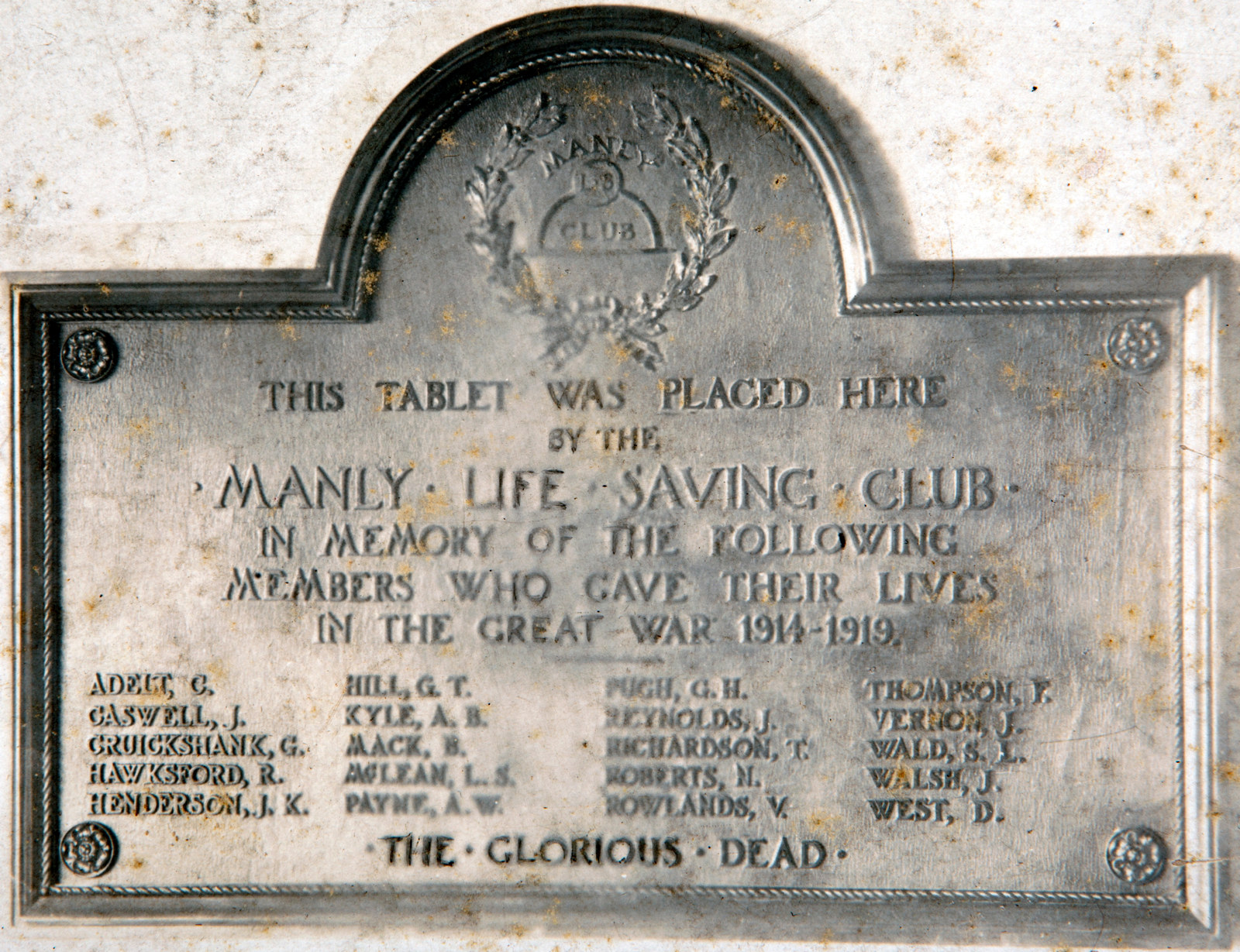
WW1
Commemoration
Hear the poignant personal stories behind battlefield grave markers in Egypt, France and Gallipoli, as well as the stories behind workplace honour rolls, one of the most common, but often hidden, forms of war memorial in Australia
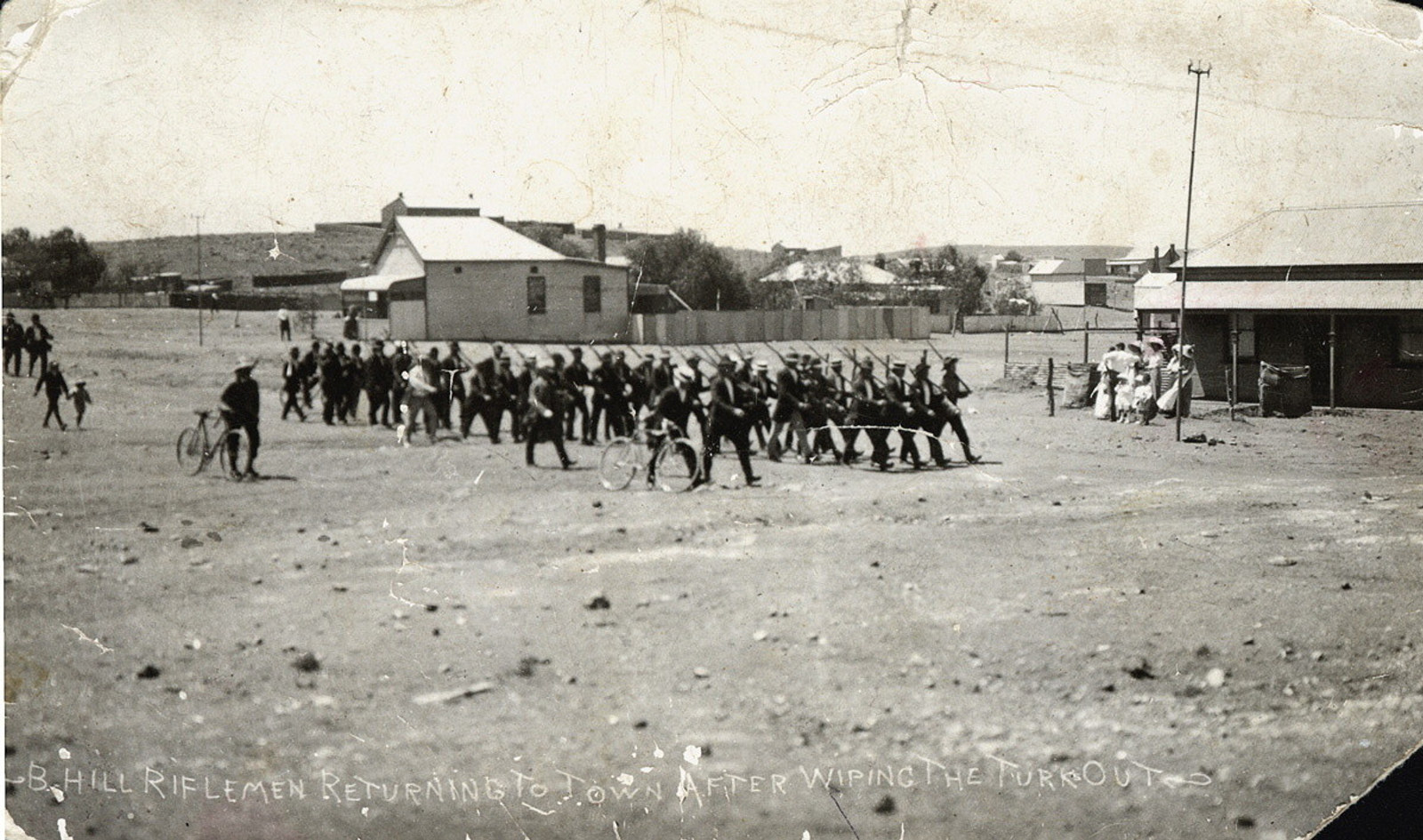
WW1
Enemy Within?
These stories explore the threat to Australia from within, from the identification of a section of the population as ‘enemy aliens’ to the formation of the jingoistic Anti-German League, and the radical ideology and activities of the Industrial Workers of the World (IWW)
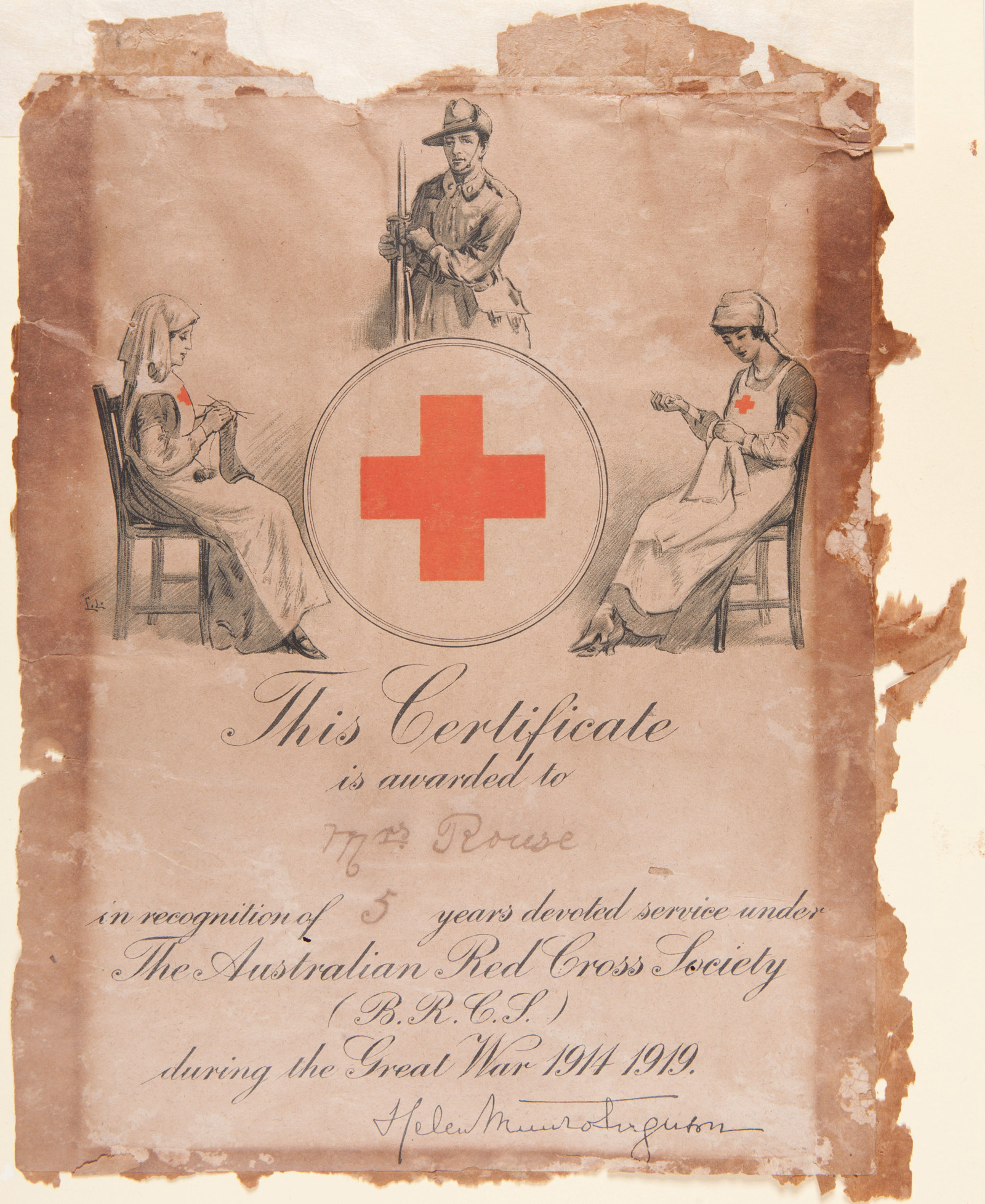
WW1
Home Front
As the war stretched on, thousands of women at home in Australia supported the war effort by volunteering for patriotic fundraising activities
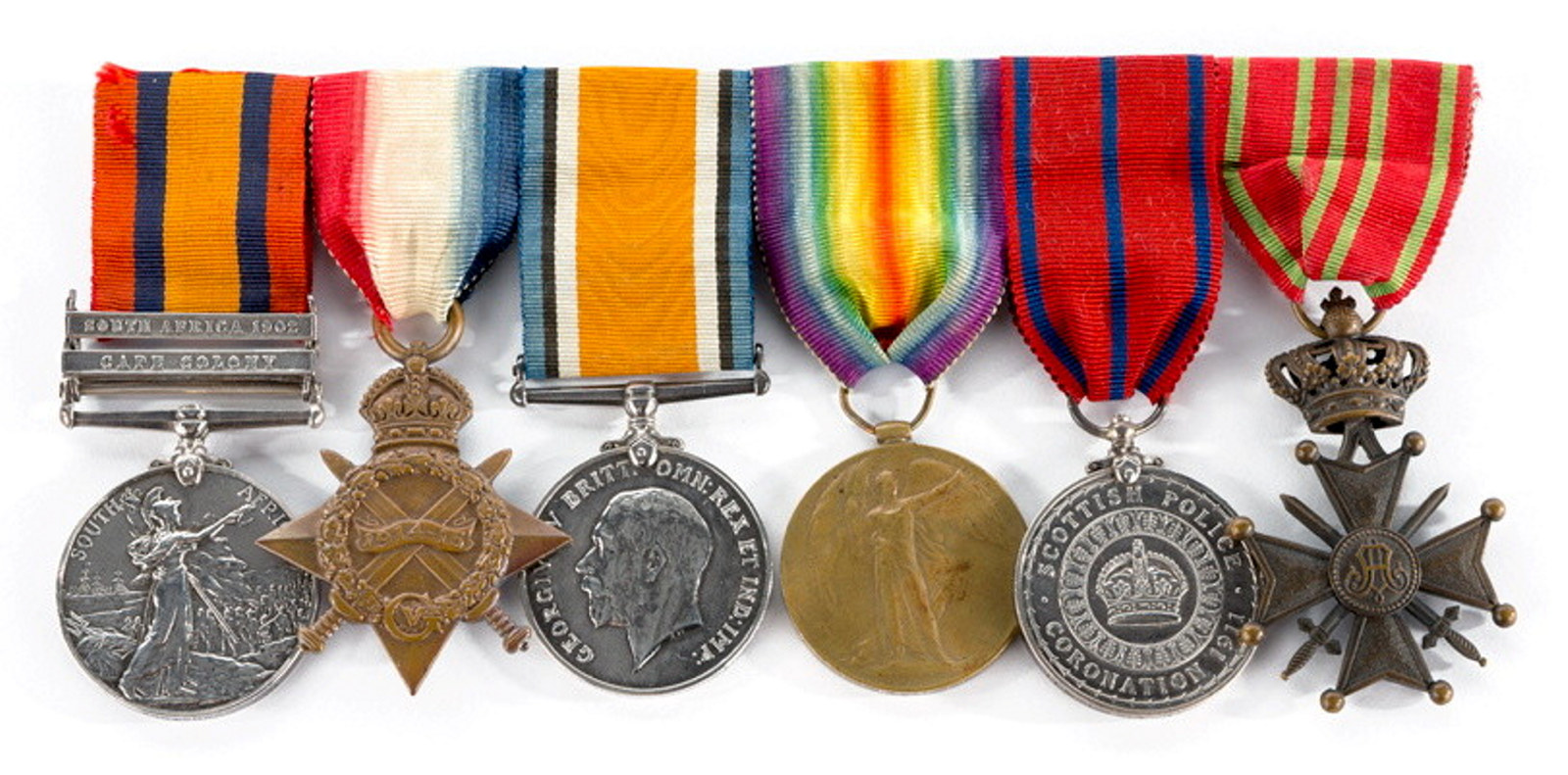
WW1
War Service
From the shores of Gallipoli to the sprawling Western Front, the stories told here reveal the powerful war experiences of ordinary soldiers. Some were decorated for bravery in the field, while others made the ultimate sacrifice